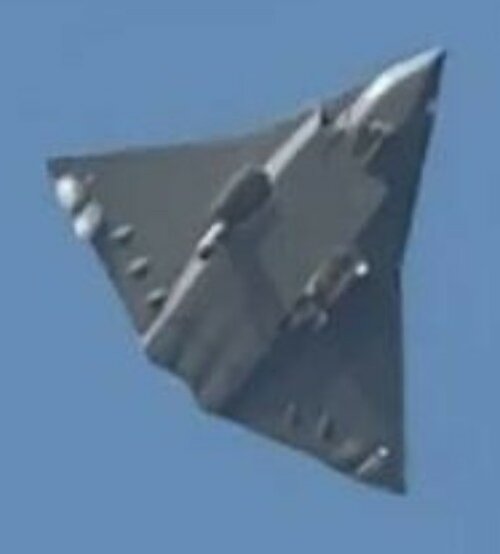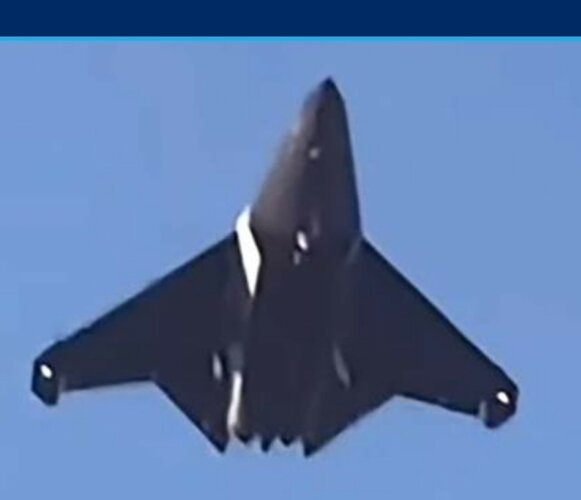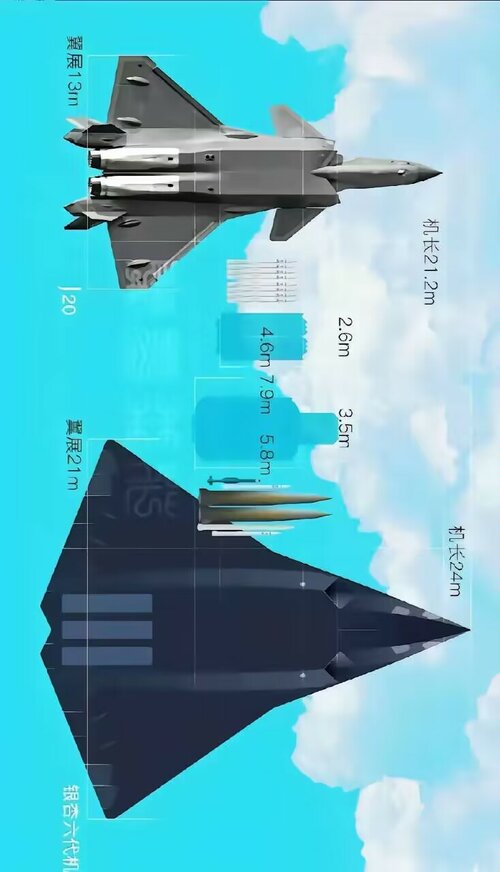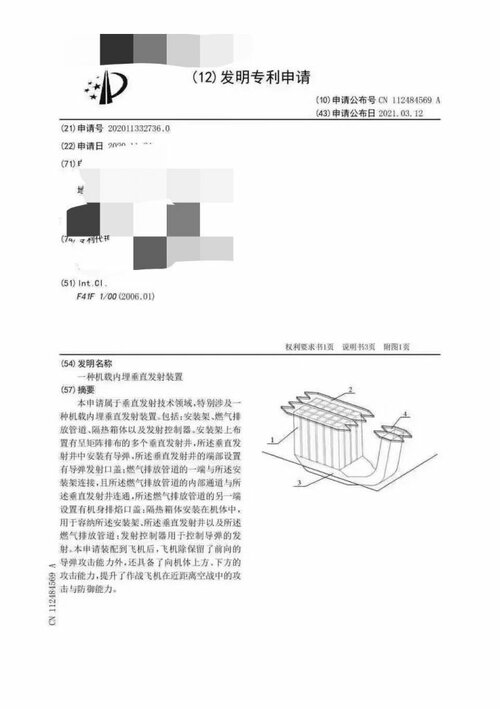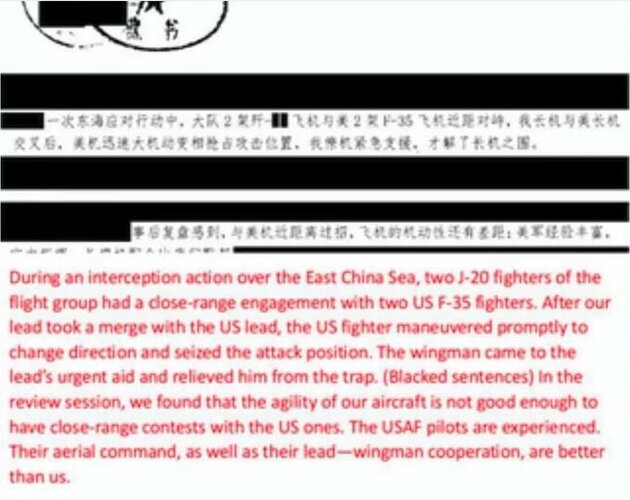- Joined
- 21 December 2006
- Messages
- 1,246
- Reaction score
- 1,111
I wonder if the reason for three engines is as simple as needing to cope with one failing on takeoff.Regarding the ongoing argument about the triple engines, the thing to keep in mind when you see a counter-intuitive configuration is not 'that's a bad idea' but 'someone thought that it was worth the tradeoffs for it to accomplish its mission, given their current capabilities - so what is that mission?' Someone crunched some numbers and got a result that they liked.
Minuses are complexity/maintenance, weight, bulk/volume, heat, drag. What plusses outweigh these?
Given that Chinese technology is apparently not up to producing the advanced variable-cycle engines that GE and P&W are struggling to develop, I lean towards the hypothesis that the central engine is a low-bypass turbofan or turbojet optimised for high-altitude, high-speed supercruise without afterburner or low-altitude dash with afterburner. The three operate as a system, combining capabilities or biases. The dorsal intake is not a problem because it won't be doing a lot of high-AOA manoeuvring in either regime.
With two engines straddling the weapons bay if one fails and the other is then on max thrust that may be quite a lot of yawing moment for the split wingtip yaw control thingies to handle at low speed, especially if they are immersed in separated flow.
At high AoA/low speed the big diamond wing will be producing lots of drag, and maybe some vortices hitting the tips. With no conventional fin(s) or rudders(s) engine failure/yaw coupling is a fundamental design issue that has lost its conventional answer. (I think the B52 engine update has to stick with eight engines because they cannot resize the fin to allow four in case one fails.)
Having made the decision to have three engines they could have sold it as allowing a bigger plane/more range/payload etc.
The top engine 'hump' may also allow a little effective 'fin' area too, so easing the demands on the yaw controls in up and away flight.

